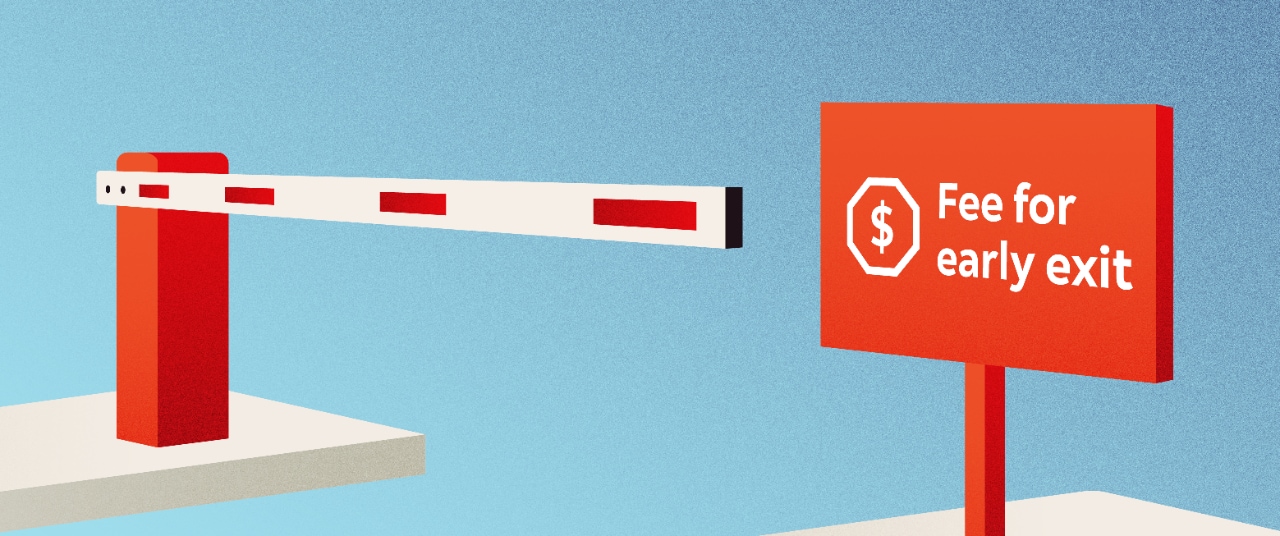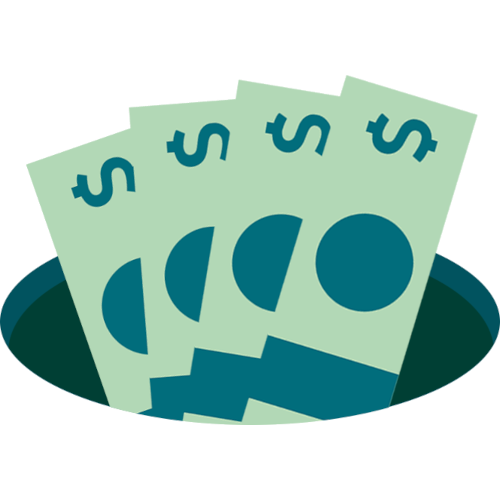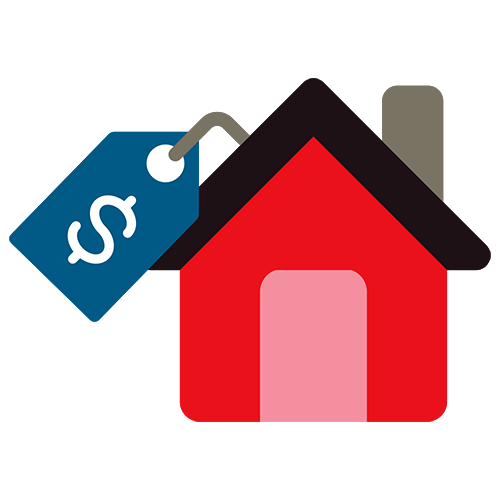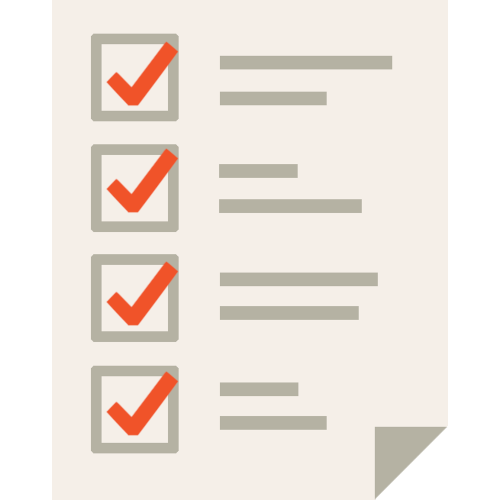Key takeaways:
If you find a mortgage lender offering better terms or a lower interest rate, you might be tempted to switch mortgages.
Doing a mortgage switch at the right time can save you thousands of dollars on your overall home cost and help you pay off your mortgage faster. Here's what you need to know before switching your mortgage in Canada.
Typically, standard mortgages have a maturity date of five years. That means, every five years, you have to either renew your mortgage term with your existing lender or switch to a new lender.
Switching your mortgage can't change the outstanding principal amount you owe on your mortgage, but can change your:
- Interest rate
- Prepayment options
- Payment amount and frequency

Although transferring your existing mortgage to a lender with a lower interest rate can reduce your monthly payments and the total amount of interest over the life of your loan, there are a few potential fees you need to be aware of when switching your mortgage. So, make sure your new lending company is upfront and transparent about all fees.
The type and amount of fees you may need to pay will depend on your lender and your mortgage situation, but they may include:

Mortgage discharge fee: To discharge your mortgage, also known as breaking your mortgage, your existing lender might charge up to $400.1 If your lender is a bank, this fee should be stated in your mortgage contract.

Appraisal fee: Even if you had an appraisal completed when you purchased your home, you'll need to go through this process again when switching lenders. A new appraisal typically costs between $250 and $350.

Assignment fee: This fee covers the switch from your old lender to your new lender and can cost between $5 and $395.

Legal fee: Mortgages require legal paperwork, and a lawyer is needed to complete the process. Legal fees can vary depending on the type of mortgage you have.
As an incentive to switch, some lenders might waive or cover the cost of some or all of these fees. Asking a lender to waive the appraisal fee, for example, may save you a few hundred dollars.
For instance, when you switch your mortgage to Scotiabank through a Home Financing Advisor, you can get up to $1,500 to use toward applicable switching fees.
Keep in mind that you might also face a prepayment penalty from your previous lender when you switch — and it can be thousands of dollars.
To keep the costs low when switching your mortgage to a new bank, start by checking when your current mortgage term ends. Switching mortgages before your mortgage renewal date is where that costly penalty could come in. You could pay up to three months of interest payments on the amount you owe or the interest rate differential (IRD), which is the difference between your interest rate today and the rate the lender can charge you upon renewal.2
For many switches, penalty fees can negate any savings from switching to a lender with a lower interest rate, making it better to wait until your mortgage term is about to mature before making a switch. However, make sure to give yourself time to find the best mortgage for your needs and start shopping for a new lender several months before your mortgage term ends.
Even if you’ve lived in your home for many years, switching to a new lender is considered a new home purchase. For this reason, you want to ensure that your finances are in order and that your credit score is high enough to meet the new lending criteria and qualify for the best rates.
Though criteria may vary between lenders, here are the types of documents you’ll need to submit on your mortgage application for the switch:
- Government-issued photo identification (such as licence or passport)
- Copy of mortgage renewal letter from the existing lender
- Property tax bill
- Proof of property insurance
- Proof of income with employment letter and payment stubs
If you’re thinking about switching your mortgage, it’s important that you choose a lender that best suits your financial needs. With Scotiabank’s online mortgage hub, eHOME, you can switch mortgages all online without visiting a branch.3
There are are valuable benefits available for those choosing to switch via eHOME — preferred mortgage and ScotiaLine® Line of Credit rates, savings of up to $300 on appraisal fees, $500 in cash back to help cover switch costs and the dedicated support of an expert mortgage underwriter.

eHOME
The online mortgage hub
Get pre-approved in minutes, track your application status, and receive your mortgage approval online.
Many lenders charge a prepayment charge for homeowners who try to pay more than their monthly payment during a mortgage's closed term. If you choose to renew your mortgage early — a time when you can switch lenders or stay with your current one without penalty — you may also have the opportunity to add prepayment options.
If your new lender offers prepayment privileges of increasing your monthly mortgage payment by 10% or 20%, you can save a few thousand dollars in interest payments during the years you're paying off your loan. By increasing your monthly payment, you will have to budget for a higher mortgage payment each month, but this move can save you in the long run.
If you're trying to decide if switching your mortgage is a good idea, consider these potential benefits:
- Lower interest rate: Securing a lower interest rate with a different lender can help you save thousands of dollars on interest payments.
- New mortgage type: Switching lenders allows you to go from a variable-rate mortgage to a fixed-rate mortgage, or vice versa.
- Change in amortization period: It's possible to refinance when you switch lenders, and when refinancing, you can change your amortization period, which is the actual number of years that it will take to repay a mortgage loan in full. A shorter amortization lets you save on interest, while a longer amortization can lower your monthly payments.
- Customer service: If you're not happy with the service you receive from your current lender, you might decide that switching to a new company is worth it.
To make the mortgage switching process as seamless as possible, here's a list of common mistakes to avoid:
- Not accounting for fees: Switching in the middle of your mortgage term can result in fees. Don't forget to ask your lender to provide a comprehensive list of fees so you can calculate how much transferring your mortgage will cost. Then, compare this number to how much you expect to save by switching your mortgage to see if it's a good financial decision.
- Failing to consider financial changes: If your credit score has fallen or you've lost your job since taking on your current mortgage, this can affect your chances of getting approved by a new lender. Before deciding to switch, research other mortgage companies to see if you're likely to qualify and at what interest rate.
- Not speaking to a professional: If you need help finding a mortgage lender that fits your needs, consider using a mortgage specialist or a broker. Working with a broker can give you access to more lenders and save you time and money.
- Only focusing on the interest rate: While securing a lower interest rate is one of the most common reasons to switch lenders, it's not the only factor to consider. Make sure the lender you choose also offers the terms you need. For instance, if you want to make extra payments, does the lender allow this or will you have to pay prepayment charges? If there's a chance you'll move before the end of your mortgage term, is your mortgage portable?
To properly prepare to switch to a new mortgage provider, follow these steps:
- Review your finances: To ensure you're in good shape to qualify for a mortgage with a new lender, review your credit score and finances. A high credit score and a consistent paycheque can help you qualify with different lenders and secure a good rate.
- Start shopping early: If you want to switch lenders at your renewal, don't wait until the last minute to start shopping around. Give yourself a few months to research other lenders and collect quotes.
- Get a payout statement: Your payout statement is a document from your current lender that outlines your remaining mortgage balance. The lender you switch to will use this information to set your new mortgage amount.
- Submit an application: Once you've picked a lender, get your paperwork in order and submit a formal application.
- Accept your mortgage offer: When your application is approved, review the terms and conditions of your new mortgage. If you're satisfied with the terms and conditions provided, accept the offer.
- Complete the switch: Sign all necessary documentation and pay any remaining fees to complete the switch to your new lender.
If your goal is to switch lenders to secure a lower interest rate, consider the following tips:
- Improve your credit score: A higher credit score can help you qualify for a lower interest rate when you switch lenders. Work on improving your credit score by never missing payments and keeping your credit utilization ratio low.
- Compare rates: Compare multiple financial institutions to see who offers the best interest rate and terms.
- Work with a broker: A mortgage broker can provide you with access to a wider pool of lenders and can help you negotiate.
If you're considering switching your mortgage, it's smart to start preparing as your renewal date approaches. While switching can offer better rates or terms, it's usually most cost-effective to wait until your current term is nearly up. When the time is right, tools like eHOME can help you compare rates, explore options, and get pre-approved online.
To make your search for a new lender even easier, check out eHOME. You can search for new homes with eHOME's Realtor.ca integration, compare rates and get pre-approved for a competitive rate.
Legal Disclaimer: This article is provided for information purposes only. It is not to be relied upon as financial, tax or investment advice or guarantees about the future, nor should it be considered a recommendation to buy or sell. Information contained in this article, including information relating to interest rates, market conditions, tax rules, and other investment factors are subject to change without notice and The Bank of Nova Scotia is not responsible to update this information. References to any third party product or service, opinion or statement, or the use of any trade, firm or corporation name does not constitute endorsement, recommendation, or approval by The Bank of Nova Scotia of any of the products, services or opinions of the third party. All third party sources are believed to be accurate and reliable as of the date of publication and The Bank of Nova Scotia does not guarantee its accuracy or reliability. Readers should consult their own professional advisor for specific financial, investment and/or tax advice tailored to their needs to ensure that individual circumstances are considered properly and action is taken based on the latest available information.
Sources:


